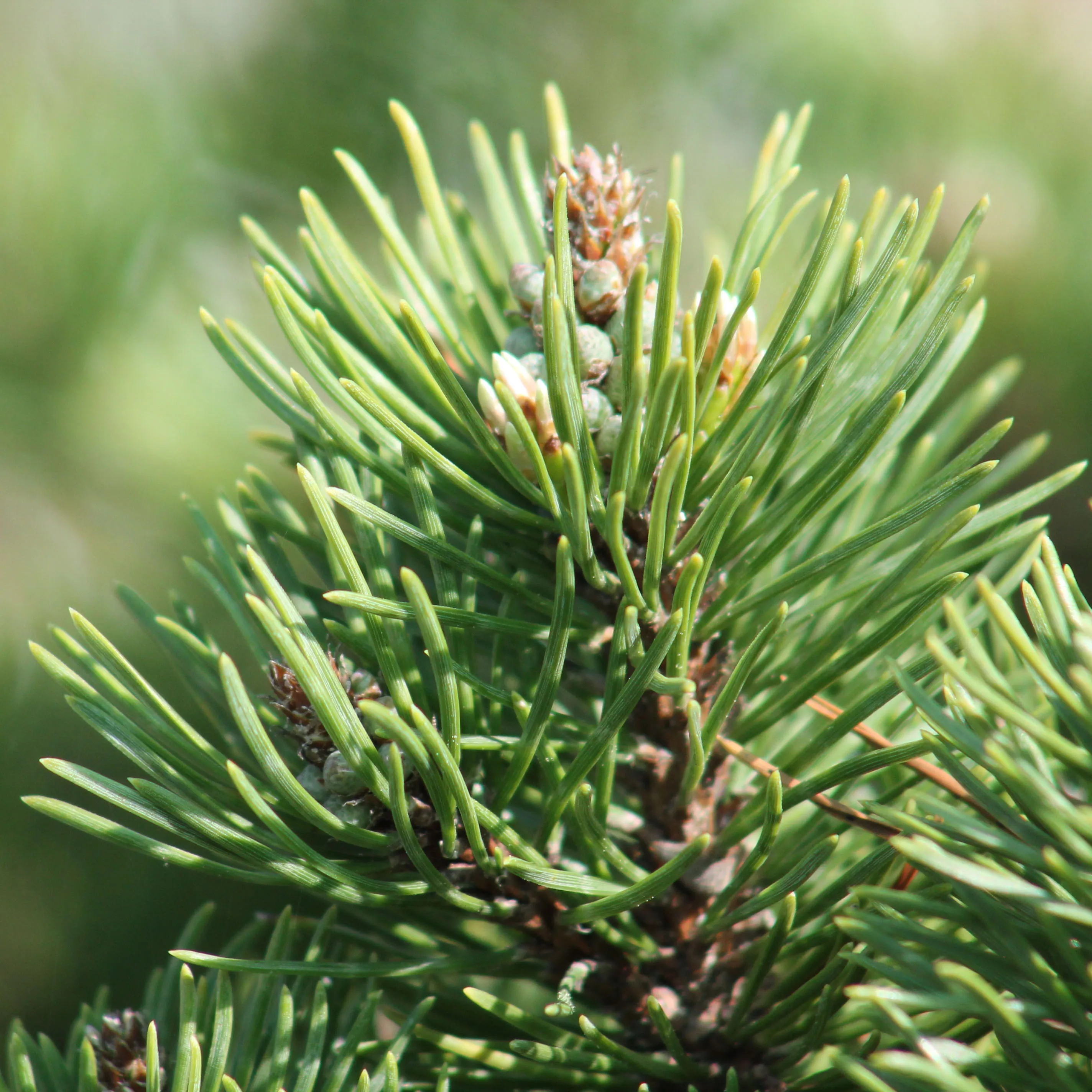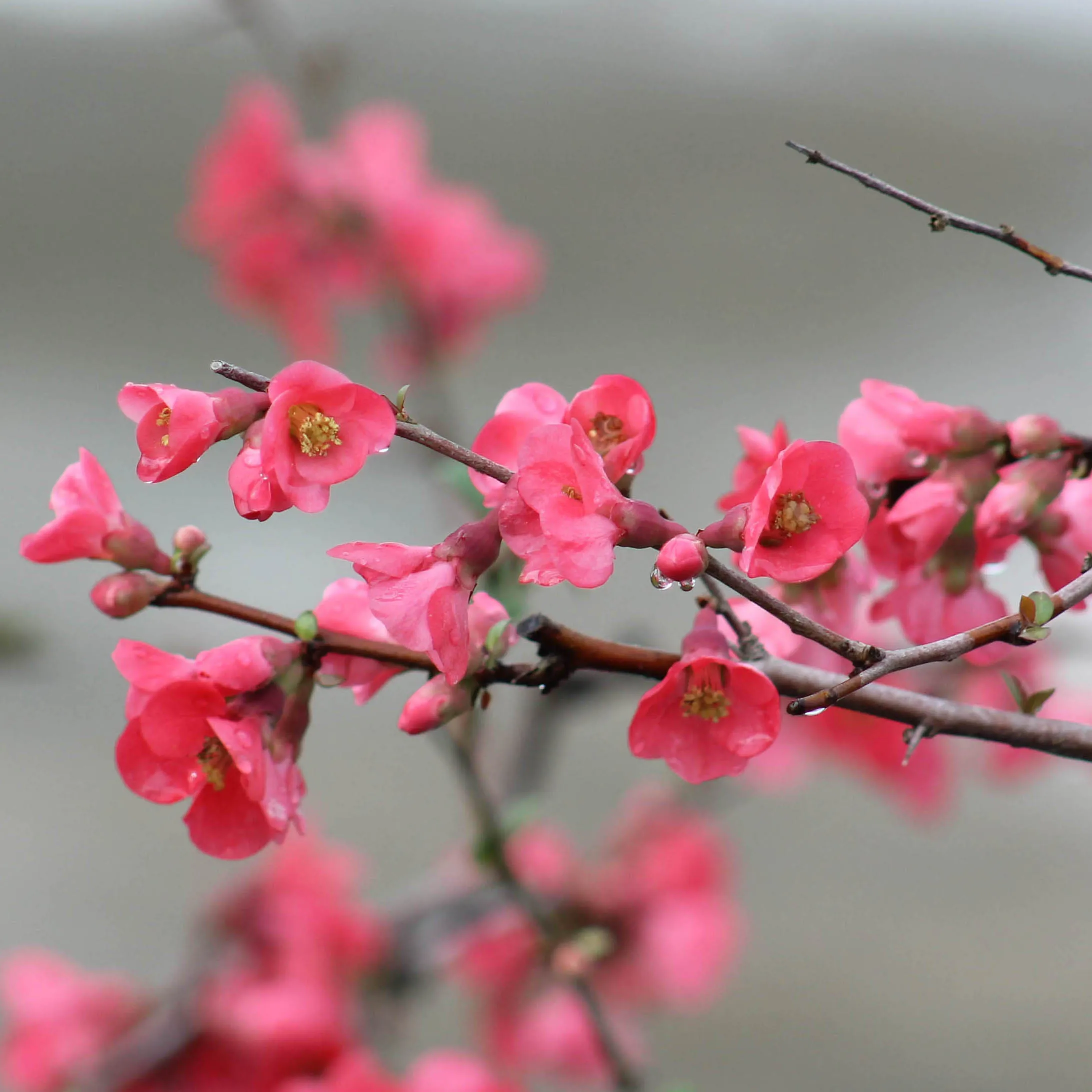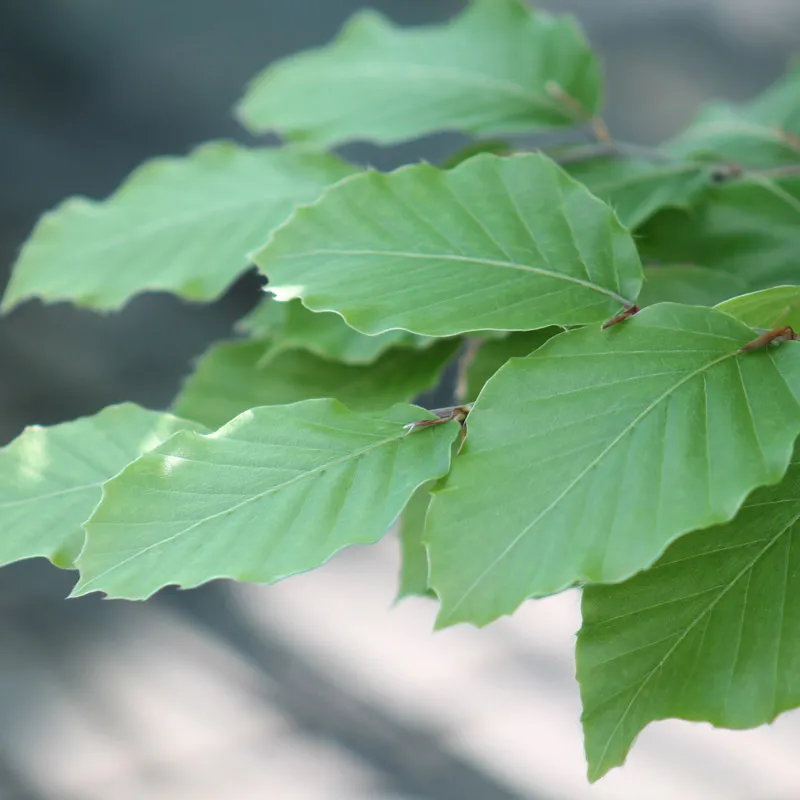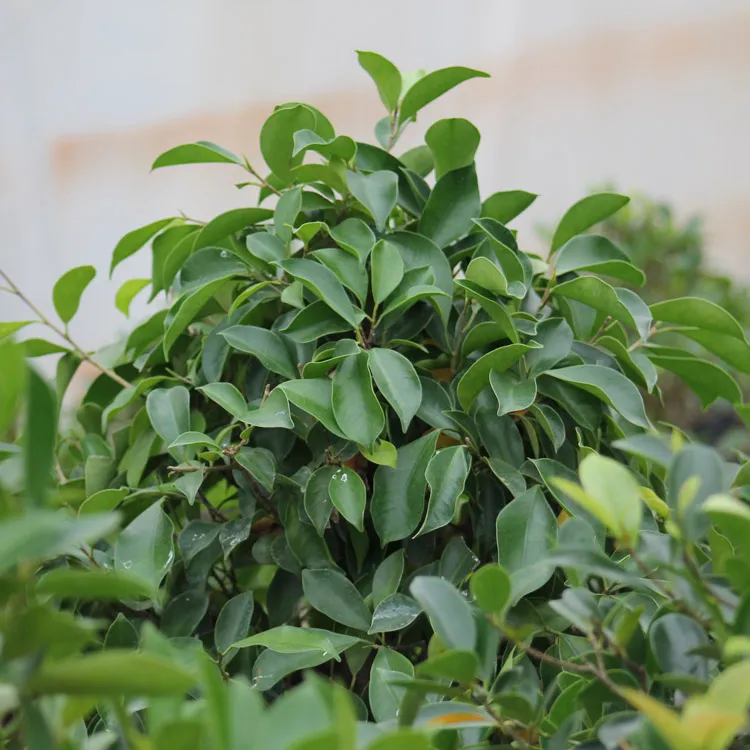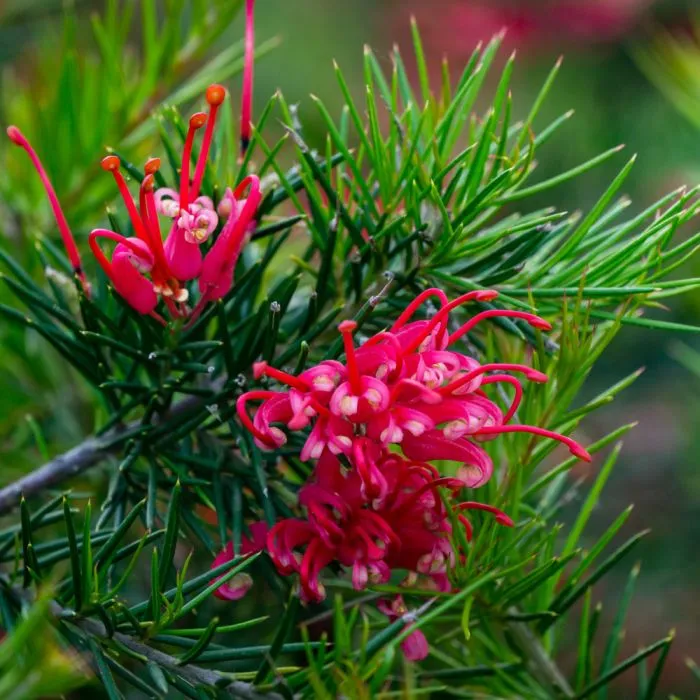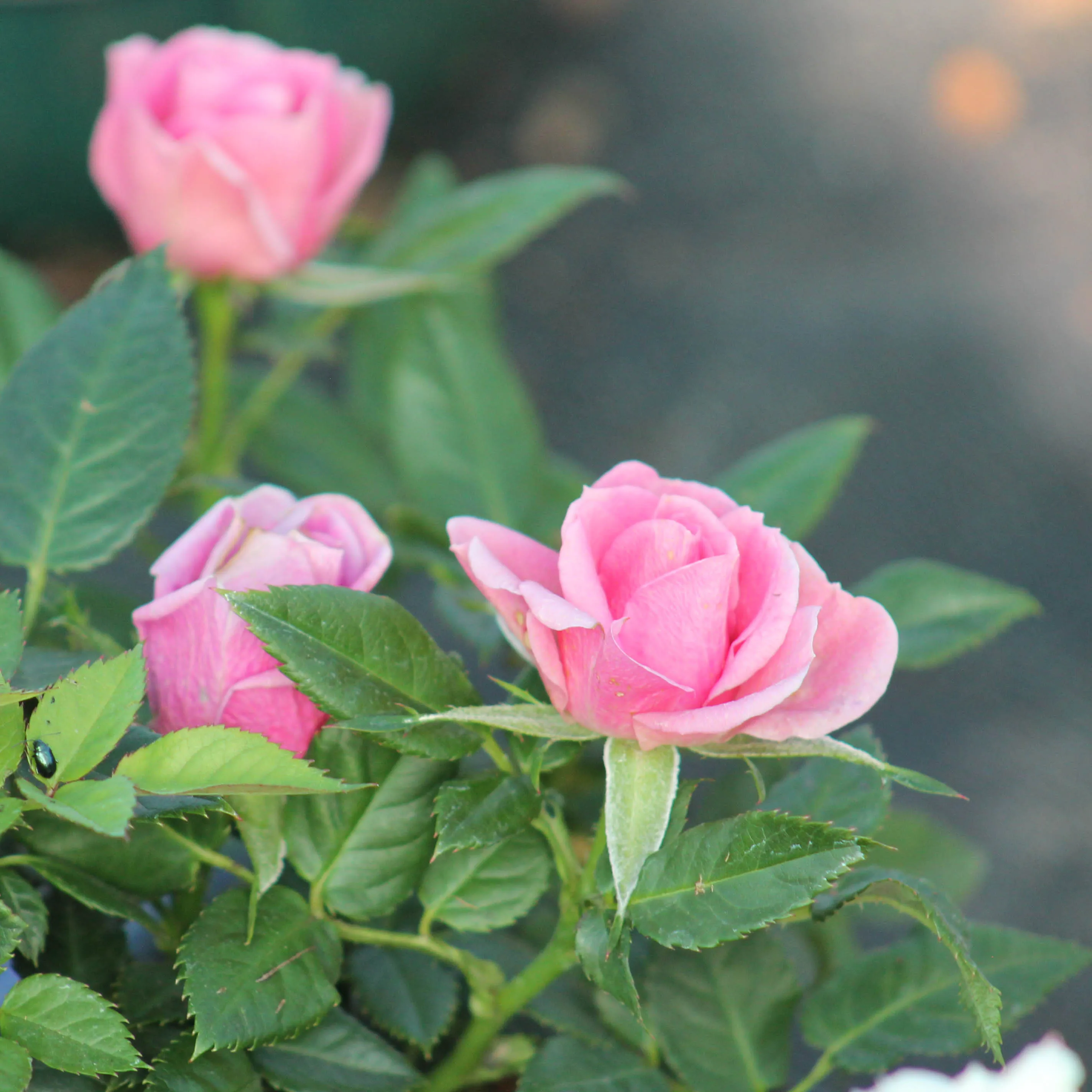More information:
All our bonsai are unique. This is why they are referenced by numbers that do not indicate age, if you want to know it, do not hesitate to contact us
We ship throughout France and neighbouring countries that are part of the EU. We take care to pack each bonsai in custom-made wooden crates or reinforced cartons. Everything is well protected and secured to avoid any risk of breakage.
Depending on the size and weight of your order, shipping is carried out by specialized carriers: DPD (under 30kg) or GEODIS (+30kg).
Our priority is that the delivery goes smoothly. Do not hesitate to consult our delivery page to learn more about our methods.
Click ----> Bonsai Delivery France and EU - Galinou Bonsai Nursery
The bonsai tree you see in the picture is really the one you are going to receive. To find out the dimension, refer to the scale on the side. Each product is unique and we take care to take photos that give you the most accurate preview possible of what you will receive.
All bonsai are produced in our large nursery in Lot-et-Garonne. They are therefore perfectly adapted to the climate of France, which is not always the case with Japanese imports.


 Production of French Bonsai
Production of French Bonsai











